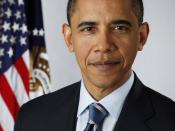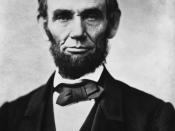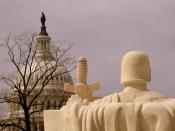Dating back to 1690, the Framers created the system we know of today as the System of Checks and balances. This system provided the Separation of Powers for our Federal Government, in which it was created in our Constitution. This meant that there would be three branches of government, the Legislative, made up of the House and Senate, the Executive, which is the President and Vice President, and the Judicial, made up of our federal courts and the Supreme Court. Each branch has a certain amount of power, and each of their powers are limited, or checked, by other branches. This makes so that no one branch can gain enough power to dominate over our Federal Government, including the President of the United States. Should the President of the United States be allowed to perform more duties than what our Constitution says he is allowed? This question has lingered since George Washington's very first term in office.
Some question whether the right of "executive privilege" exists at all, however, it is not stated in the constitution so therefore it is a superficial right that Presidents only claim to have. Taking advantage of this so-called "privilege" has only caused our Presidents controversy and in some cases, has sadly led them to the fall of their own administrations.
The Constitution specifically spells out the roles of the President, in Article II sections I - IV. This allows the President to perform the duties that are specifically appointed to him and also gives the other two branches the opportunity to state whether or not the President is fulfilling his roles in an ethical and unbiased way. Therefore, the President should not have anymore powers or privileges than that of which are stated under Article II in the Constitution. This...


